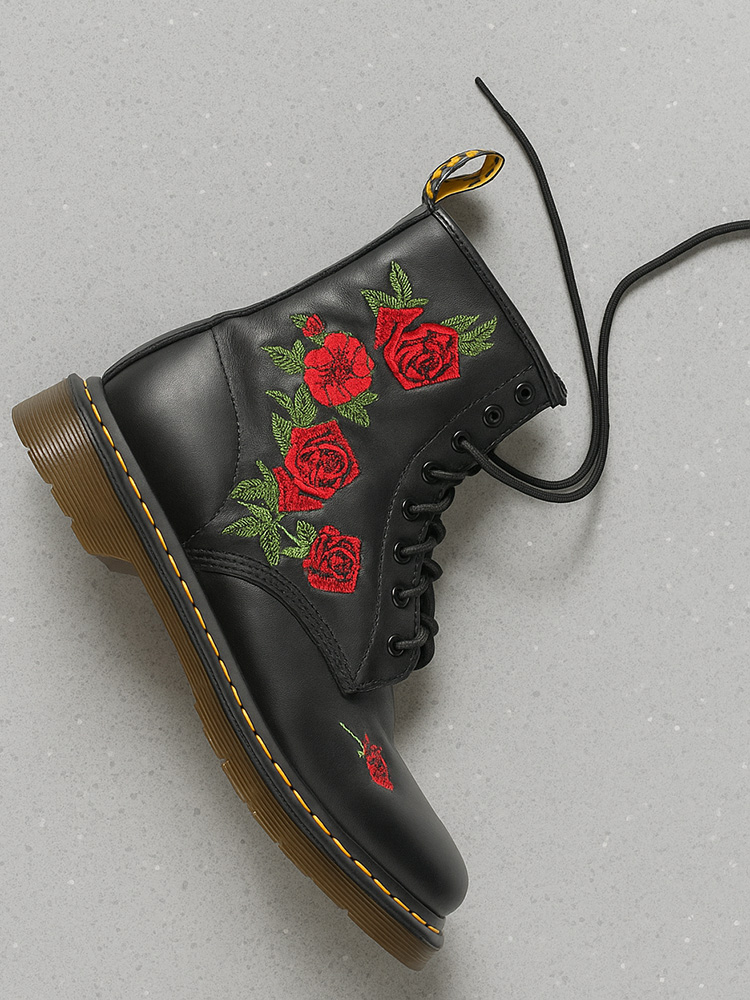A turning point in midlife.
Text: Barbara Spycher
A Harley Davidson and an affair with a younger woman — classic signs of a midlife crisis. What is seen as “typically male” actually has its origins in feminism.
“Was that it?” “This isn’t how I imagined my life to be. Is this it now until I die?” “What more do I actually want out of life?” Many people will have thoughts like these in midlife and question their past decisions. Some end their relationship, consider starting a new career, or devote themselves to a new hobby.
The concept of a midlife crisis conjures up many clichés — all of which relate to men: the man in his 40s who buys a Harley Davidson to feel alive and free again, or the family man who pops out to buy some cigarettes only to speed off in a red convertible with his new, significantly younger girlfriend.
With this in mind, it was all the more surprising for science historian Susanne Schmidt when she discovered that the midlife crisis was originally a feminist concept — one formulated in 1976 by The New Yorker journalist Gail Sheehy in her bestseller, Passages: Predictable Crises of Adult Life.
“I was fascinated to learn that the male-dominated phenomenon of the midlife crisis has its origins in a book that critically examines gender roles and stands up for equality and self-determination, therefore adopting a feminist perspective,” says Schmidt. She began hunting for clues as to the history of the phenomenon — and published the results of her research in her 2020 book, Midlife Crisis: The Feminist Origins of a Chauvinist Cliché, which has since also been published in German.
A concept hijacked by men
The starting point for Schmidt’s scientific history is the aforementioned book by Gail Sheehy, who had conducted 120 interviews with women and men aged between 17 and 50. Sheehy found that in the 1970s younger women and men enthusiastically sought to fit into their gender-specific roles until they later experienced widespread dissatisfaction between the ages of 35 and 45.
The women were unhappy with their role as a housewife and mother; the men, with their role as a breadwinner — and both wanted a fresh start. Women went back to school, changed career paths, or entered the workforce for the first time. Men, on the other hand, slowed down professionally and dedicated more time to their family and emotional life. For Sheehy, it was clear that this dissatisfaction and a midlife crisis are completely normal occurrences. After all, she says that these narrow, gender-specific roles are problematic in themselves because they only allow people to realize part of their self-concept.
“The unusual thing is that the notion of a midlife crisis didn’t originate in academia. Conversely, it emerged from the bestseller lists and was then incorporated into academic studies,” says Schmidt. Renowned psychologists adopted the popularized term but redefined it in studies and textbooks as a purely male phenomenon. They propagated the concept of the midlife crisis as a second adolescence for men — for whom, they said, it was a normal stage of development to rediscover their freedom and sexual desire in midlife. The woman has to facilitate this for her man — without changing herself. “That’s how this antifeminist playboy cliché came about,” says Schmidt.
The low point is shifting
In recent decades, other models and controversies have emerged in relation to the midlife crisis. For a long time, the discourse was shaped by the theory of the U-curve of happiness. Specifically, happiness economists had found that, in most people, life satisfaction reaches its low point between the ages of 40 and 50. This corresponds to the bottom of the “U,” after which well-being rises again. In the latest studies, however, a different picture emerges, according to Schmidt. Namely, the most unhappy cohort are currently the under-25s. The traditional U-curve has therefore broken down — and the low point in happiness no longer comes in midlife, but rather in young adulthood.
“These latest analyses make it clear that, rather than being a timeless psychological constant, the concept of a midlife crisis always depends on historical and societal developments, on gender, on culture, on the social stratum.” For example, she says U.S. studies in the 1990s showed that only the most privileged 10 percent can even afford to make a new start at this stage in life. “What struck me was how much the midlife crisis debate shifts based on whose perspective you're hearing — and in the end, it's all about gender roles,” says Schmidt. “Maybe when we hit that midlife moment of reflection, it's worth stepping back and seeing the bigger picture?”
Femininity beyond motherhood
One current topic of discussion in relation to midlife centers around the menopause — and therefore around women. Recent improvements in the discourse have been strongly influenced by the German gynecologist Sheila de Liz, whose bestseller Woman on Fire frees the menopause from its pathological pigeonhole and reframes it as a time of awakening and new opportunities.
Schmidt sees feminist discourse around the menopause and midlife as “sister concepts” — one from a biological, the other from a psychological perspective. “Both are about the end of reproductivity and the question of what this means for female identity.” She says that the narratives become powerful and feminist when they make it clear that “there is self-fulfillment for women beyond motherhood. Female identity can mean so much more and be something completely different.” Every woman can define what this identity looks like for herself — in midlife and before.
More articles in this issue of UNI NOVA (November 2025).

